- Home
- Electrical
- Transformers Ups Power Supplies
- Transformers Phase Converters
.....Read More
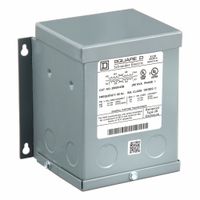
Buck Boost Transformers
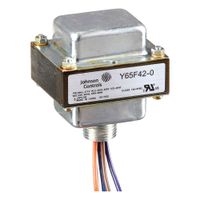
Class 2 Transformers
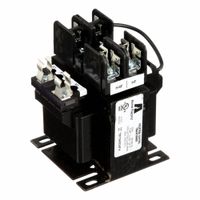
Control Transformers
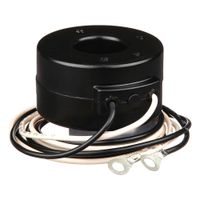
Current Transformers
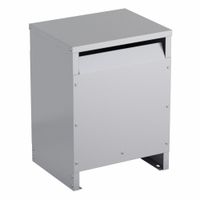
Drive Isolation Transformers
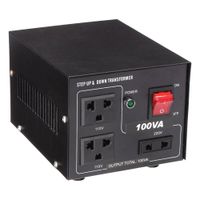
International Voltage Converters

Isolation Transformers
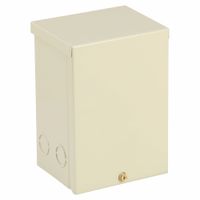
Landscape, Pool & Spa Lighting Transformers
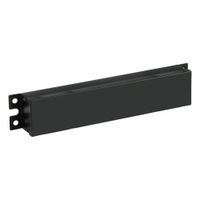
Lighting Transformers

Phase Converters
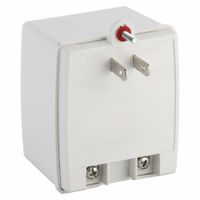
Plug-in Transformers & Power Supplies
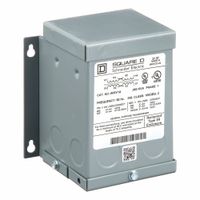
Single Phase Transformers
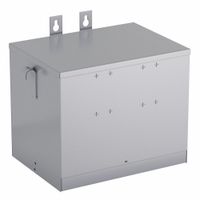
Three Phase Transformers

Transformer Accessories
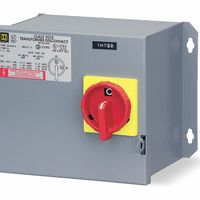
Transformer Disconnects
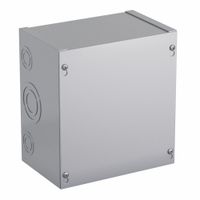
Voltage Stabilizers
Frequently Asked Questions
What is the difference between a transformer and a phase converter?
How do I choose the right transformer for my application?
What are the benefits of using a buck boost transformer?
How do isolation transformers protect equipment from electrical noise?
Can a phase converter be used to power three-phase equipment from a single-phase source?
What is the purpose of a control transformer in an electrical circuit?
How do international voltage converters work for different countries' electrical systems?